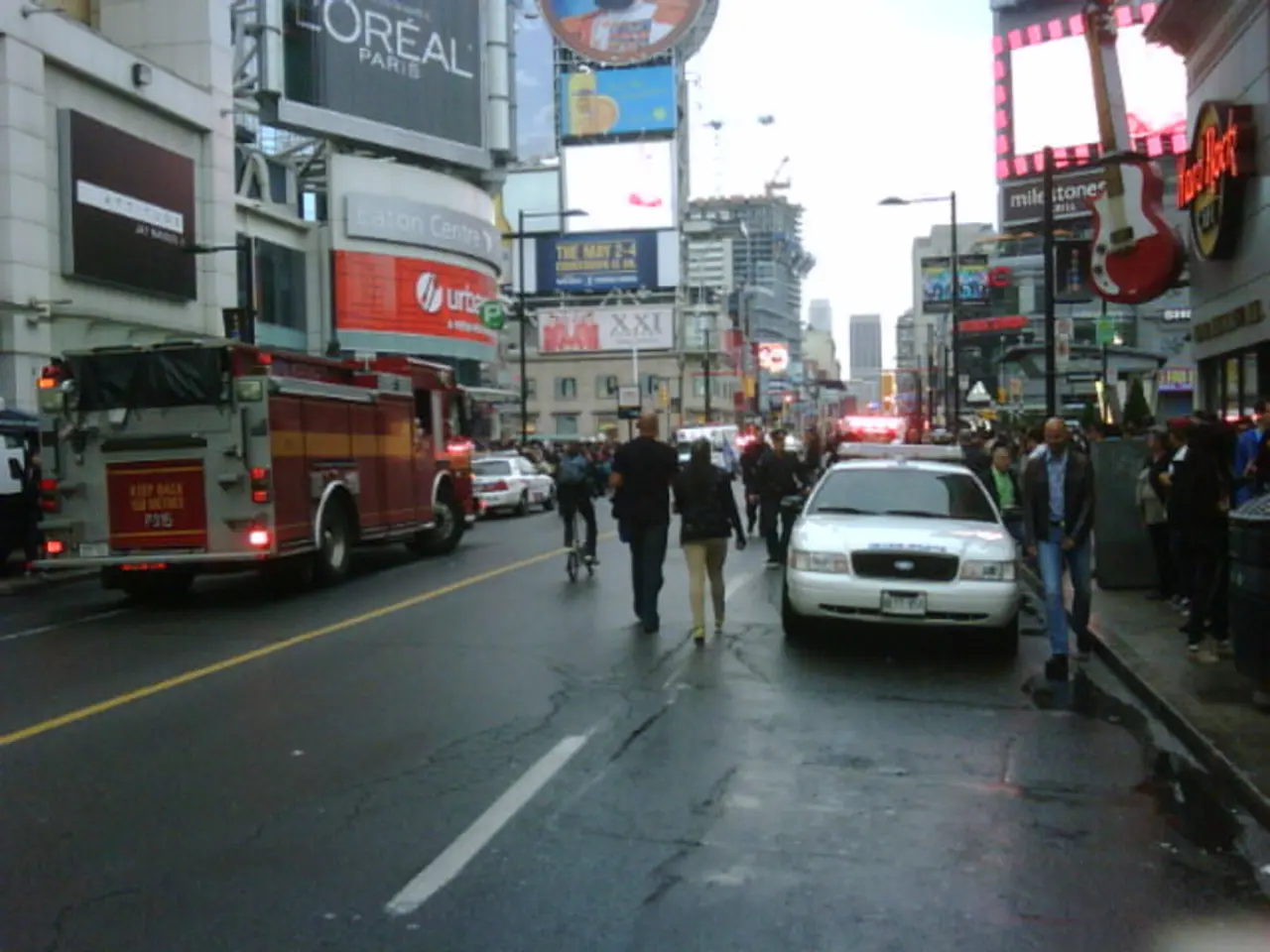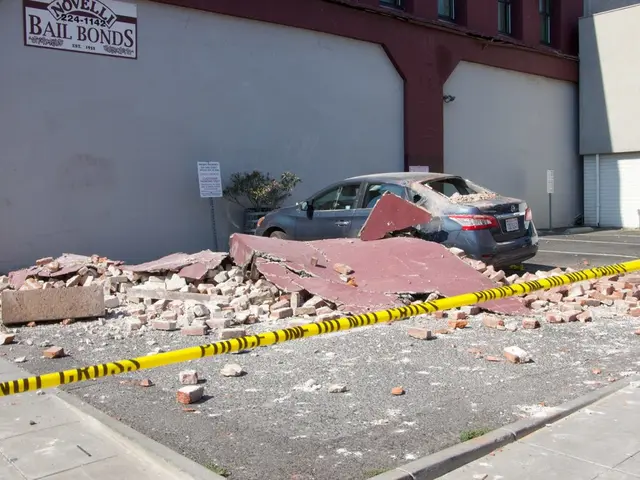Soaring fuel costs are impacting the affordability of transportation throughout Australia
In the past few months, residents of Darwin have experienced the greatest increase in transportation costs, with an increase of $890, followed by Melbourne with an increase of $685. This trend is part of a broader pattern of rising transport costs across Australia, which have been influenced by several factors since Q2 2020.
Public transport fare increases have occurred in major Australian cities, with fare rises around 5% in Victoria in 2024, roughly matching the Consumer Price Index (CPI) increases. The daily full fare cap in these cities has reached about AUD 10.60.
Infrastructure costs have also played a significant role in the rise of transport costs. Non-residential construction prices, which impact transport infrastructure, have risen 3.3% annually due to labor cost rises and material costs, particularly concrete and electrical services in states like NSW, Victoria, and Queensland.
Other cost-of-living factors, such as rising electricity prices, have also indirectly affected transport operations and fares. Electricity prices have increased by around 14% since 2022 in the National Electricity Market states.
Despite these increases, transport costs have generally risen at a rate closer to inflation, while other essential costs like housing and utilities have surged more steeply, straining household budgets.
The Federal Government's temporary fuel excise cut resulted in a $581 decrease in annual fuel excise costs across the country. However, fuel prices continue to be a major burden for Australians, now accounting for 26.4% of transport costs.
The latest Transport Affordability Index shows that metropolitan households spend an annual average of $21,435 in transport costs per year, which is $3,600 more than the $17,835 regional households spend. Sydney is the most expensive city for transportation costs, averaging $486.18 per week, followed by Melbourne ($461.01) and Brisbane ($454.52).
The Australian Automobile Association (AAA) compiles the Transport Affordability Index, which factors in all forms of transport, mobility, and associated costs to determine the financial pressures of transportation costs for the public each annual quarter. The AAA's Transport Affordability Index considers eight key areas of transportation costs, with fuel costs increasing by $5.22 since the previous report.
The average weekly fuel cost for Australians is $100.39, representing 26.4% of transport costs. Geelong residents spend an average of $118.31 on fuel per week, making it the second-most expensive regional town in Australia for petrol (behind Bunbury in Western Australia).
The AAA's Transport Affordability Index also reveals that transport costs across the country have risen by $11.70 per week in the past three months. Nationally, transport costs now represent an average of 15.2% of household income.
Car loan payments, on average $153.30 per week per household across Australia, are the largest transport cost, representing 40.4% of total costs. Public transport costs, averaging $20.92 per week or 5.5% of transport costs, do not have comparative figures for regional residents.
Despite paying less for transport compared to Sydney and Melbourne residents, Geelong is the third-most-expensive regional city for transport, with an average annual increase of $719.
The Fuel Tracker feature on RACV's arevo journey planner app offers real-time petrol prices and trends to help users find the cheapest time and place to buy petrol.
In conclusion, while transport costs have increased primarily due to fare adjustments and infrastructure cost rises, their growth rate is somewhat moderate and closely tied to inflation metrics. However, relative to household income, especially for lower-income earners, transport cost increases add to cumulative financial pressures from concurrent rises in housing and utility costs, contributing to ongoing household budget stress since Q2 2020.
The increase in public transport fares, following the Consumer Price Index (CPI) in Victoria, and the gradual rise in infrastructure costs, particularly in states like NSW, Victoria, and Queensland, have contributed to the growth in transport costs within the finance industry, affecting both urban and regional households. The Australian Automobile Association's Transport Affordability Index indicates a rise in transport costs nationwide by $11.70 per week, making up an average of 15.2% of household income.




